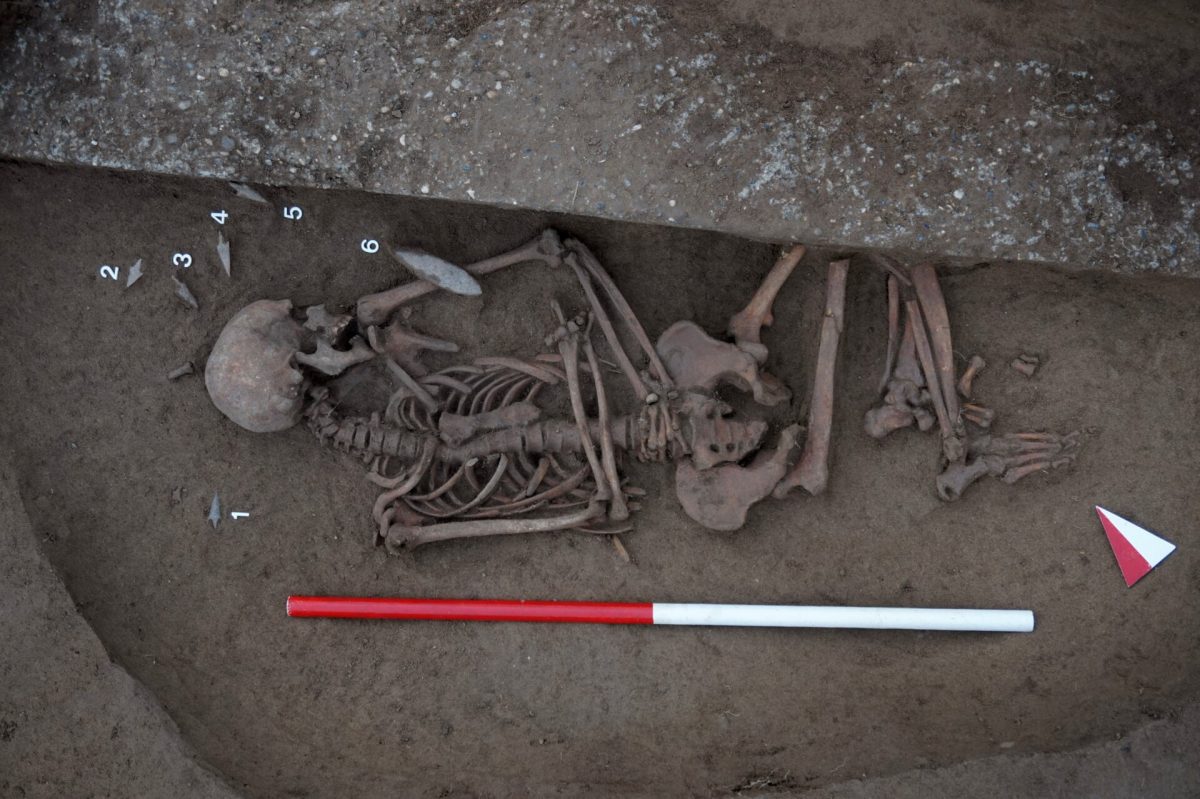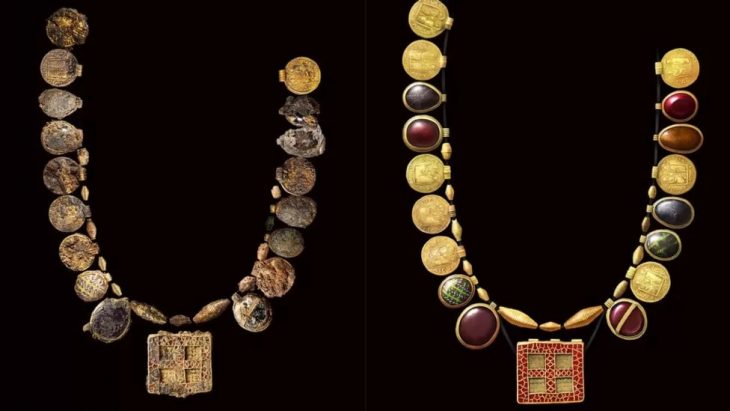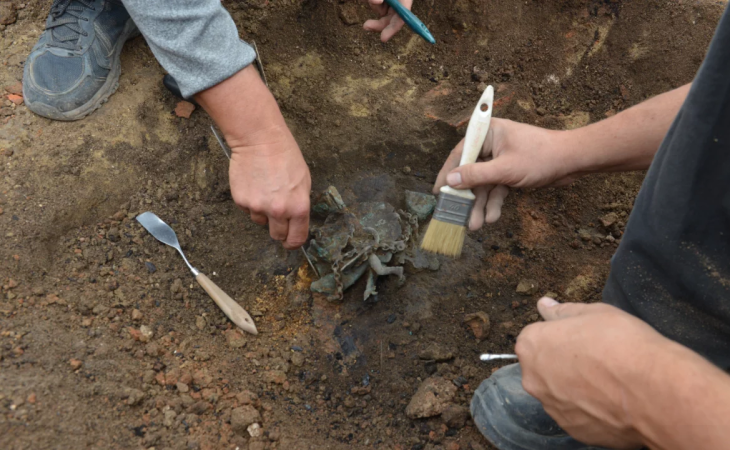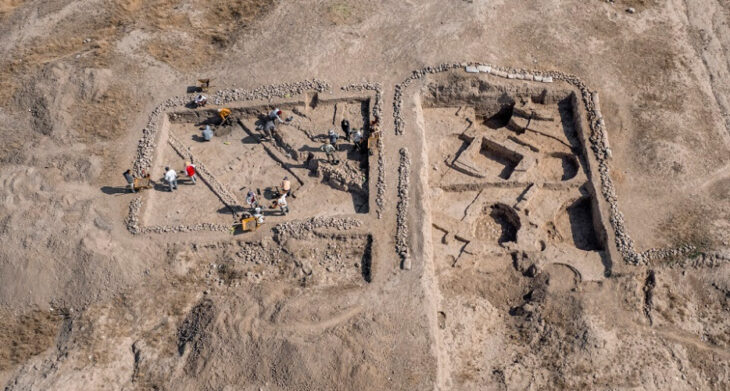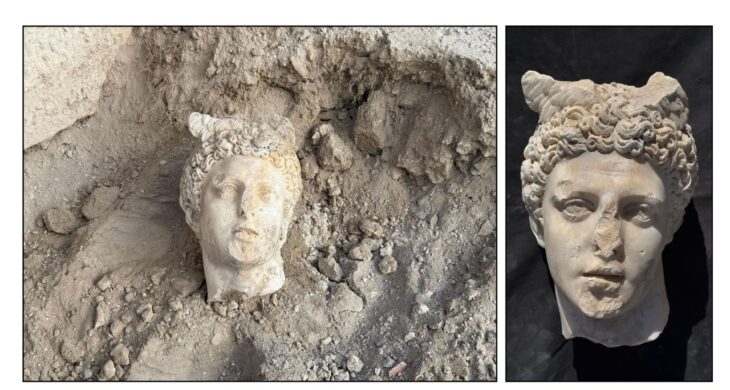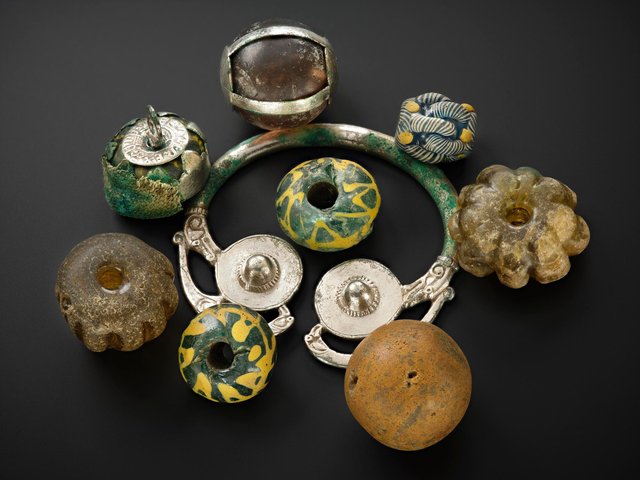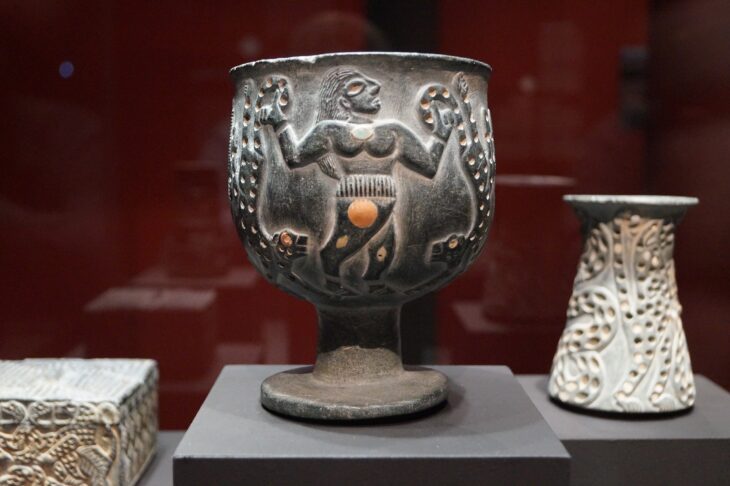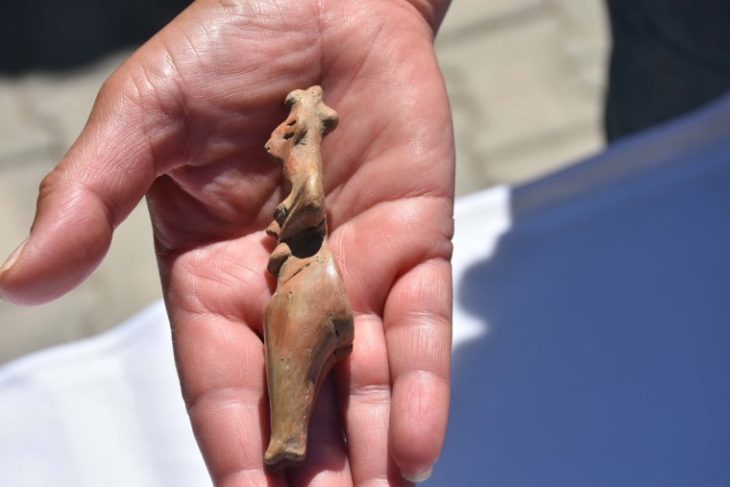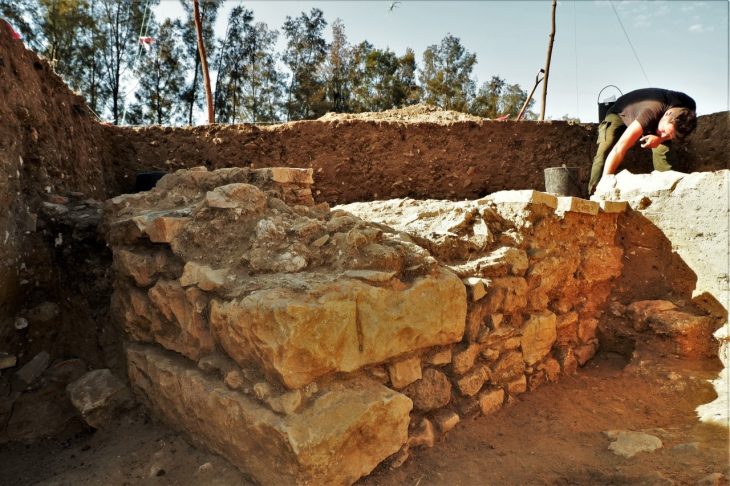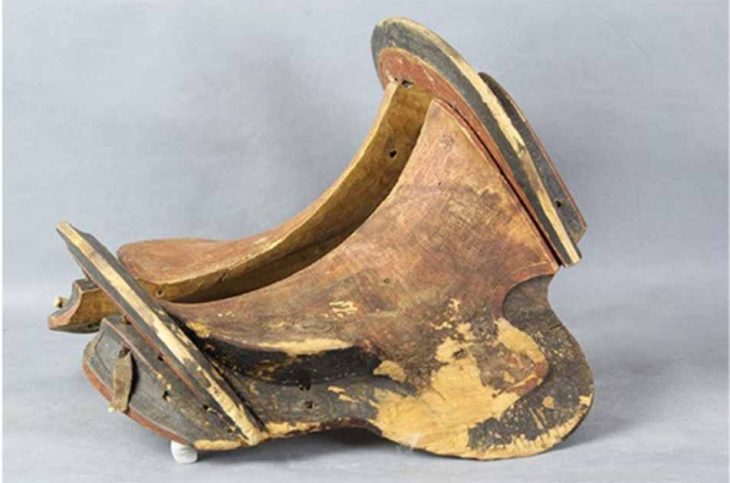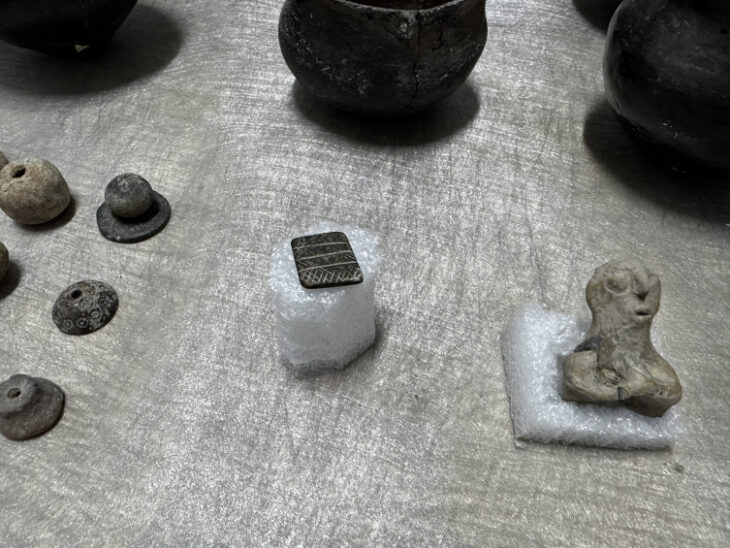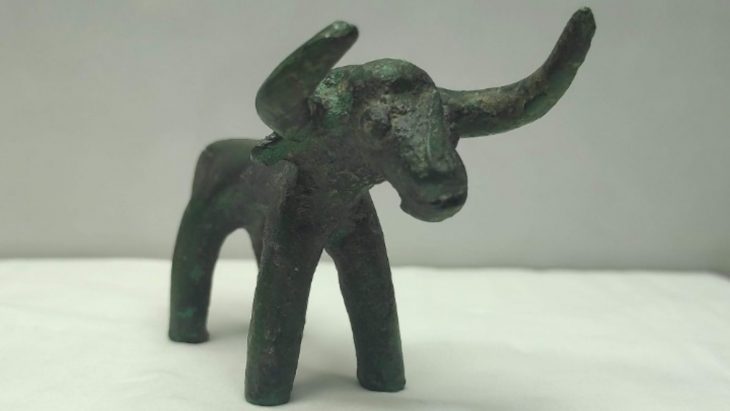In the town of San Giorgio Bigarello, near the northern Italia city of Mantua, a large Copper Age necropolis dating back to about 5000 years ago has been discovered.
The discovery of the large necropolis has proved to be a surprise both in terms of the quantity of excavated tombs, a total of 22, and the archaeological data that promise to be very valuable for researchers.
The unexpected number of graves and the exquisitely crafted weapons discovered in some of them are likely to provide new insights into the prehistoric inhabitants of this region of northern Italy.
Excavated in November 2023 and January-February 2024, the first isolated tombs were, in fact, only a small portion of a larger cemetery, the precise dimensions of which have undoubtedly been lost over the ages. A variety of flint weapons were found in many tombs, including expertly crafted daggers, flawless arrowheads, and other blades.
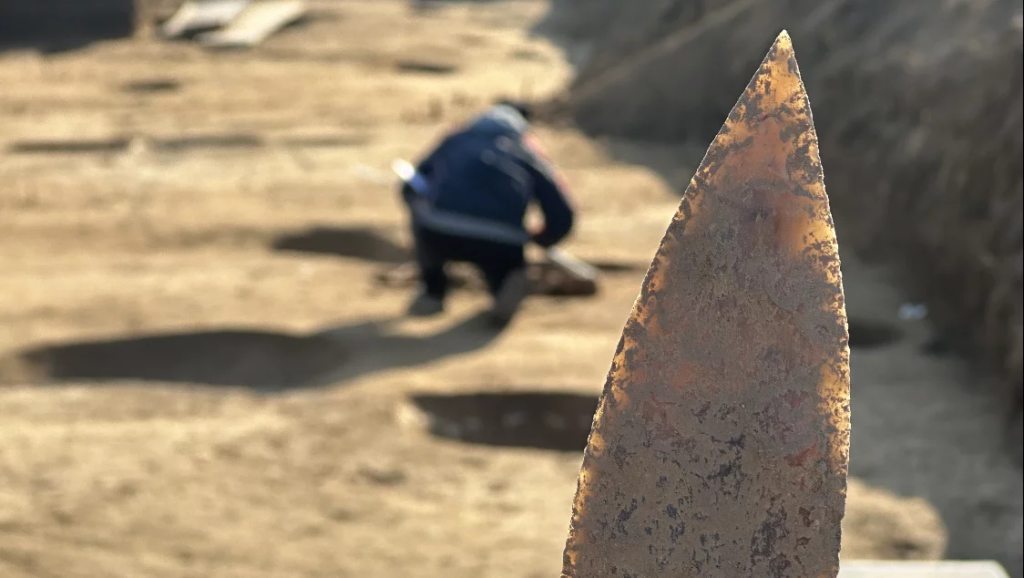
Aside from that, SAP archaeologists, working under the scientific guidance of Simone Sestito, the archaeological officer of the Soprintendenza Archeologia Belle Arti e Paesaggio di Mantova, and with the enthusiastic support of the town’s municipal administration, also discovered jewelry, such as necklace beads, made of materials that raise some preliminary questions regarding chronology and are most likely from the 4th millennium BCE.
📣 Our WhatsApp channel is now LIVE! Stay up-to-date with the latest news and updates, just click here to follow us on WhatsApp and never miss a thing!!
The majority of the burials discovered at Bigarello are simple individual inhumations, with the deceased lying on their left sides, legs bent to their chests, and heads oriented northwest.
Since excavations began again in January, 19 more graves have been discovered, supporting the archaeologists’ theories that this was a cemetery rather than a few haphazard burials. The 22 burials were discovered only 40 or so centimeters below the surface.
The region that is now Mantua was a part of the River Mincio basin during the Neolithic (c. 6000–4,000 B.C.) and Chalcolithic (c. 4000-1700 B.C.) periods. The famous Neolithic double-burial, the Lovers of Valdaro, was discovered in San Giorgio Bigarello. It is certainly not new to archaeological finds of considerable value.

